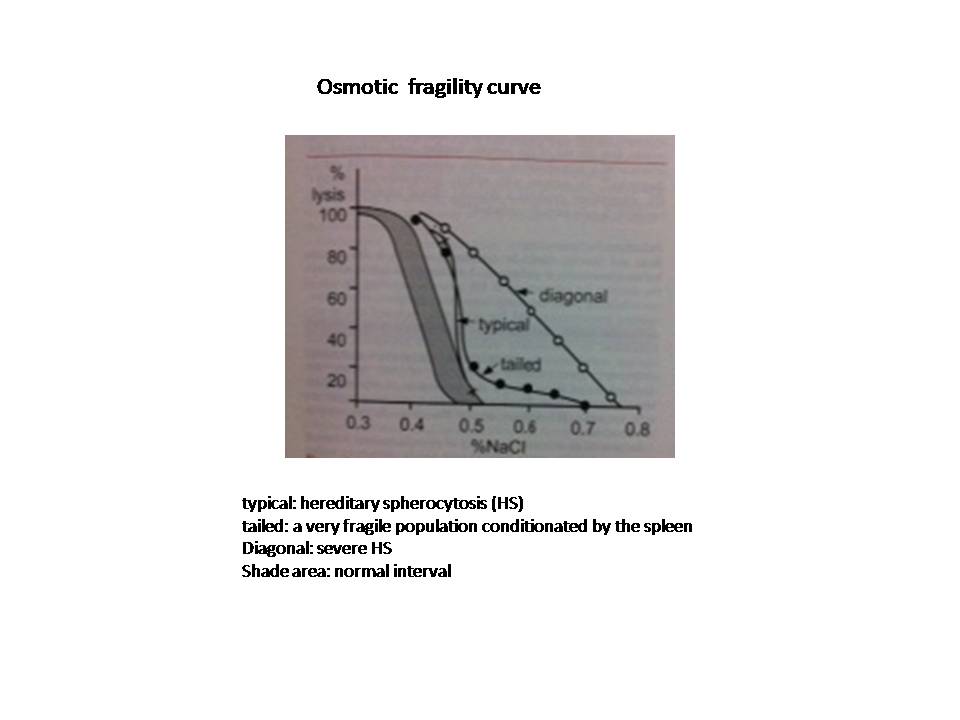M and M Diagnostic Improvement Session: a picture is worth a thousand words
A 45 year old man had a diagnosis of anemia, detected after a visit to the outpatient clinic for asthenia… but there are several types of anemia
CLINICAL CASE: a previous healthy man, 45 years old, went to the outpatient clinic for asthenia starting six months before. A blood test showed a hemoglobin level below 10 gr/dl. No fever or any other complaints. Physical examination was normal with a moderate increase on the size of the spleen.
CLINICAL EVOLUTION: More complete blood test evidenced anemia with a Coombs test direct with mild positivity (+). A sonogram showed a moderate increase of the spleen(size 15 cm). Initially the diagnosis was : Autoimmune hemolytic anemia. The patient started treatment with low dose of corticoids and more tests were ordered, including an osmotic fragility curve.
One month later another doctor examined the new results. The patient was in good condition but with moderate “cushingoid” aspect. The doctor saw the numerical results , she saw that the hemoglobin level was improving and she started to reduce the dose of corticoid.
A week later in a new control the graphic of the osmotic fragility curve was included in the documentation and the doctor changed the diagnosis to anemia due to hereditary spherocytosis.
ANALYSIS:
Classification of the problem: Diagnostic delay
COGNITIVE FACTORS
CLINICAL JUDGMENT:
. Clinical data incomplete or badly collected (graphic was a fundamental piece of information for diagnosis)
.Premature closing: no consideration of other diagnostic possibilities.
ERROR IN CLINICAL INTERPRETATION OF TEST:
. The numerical expression of the osmotic fragility curve was not clear for the doctor.
SYSTEM FACTORS:
.Team communication: a better communication between doctors who attended the patient could reduce the possibility of missing information.
.Process failure: all patient documentation must be included during the clinical visit.
COMMENTS: Hereditary spherocytosis (also known as Minkowski–Chauffard syndrome) is a genetically-transmitted disorder. It exhibits incomplete penetrance in its expression. A form of spherocytosis, an auto-hemolytic anemia characterized by the production of red blood cells that are sphere-shaped rather than bi-concave disk shaped (donut-shaped), and therefore more prone to hemolysis. A laboratory test has been developed to measure the percentage of lysis under different NaCl concentrations. Tipically , red blood cells from this disease, will have hemolysis at higher NaCl concentration in relation to normal cells.





